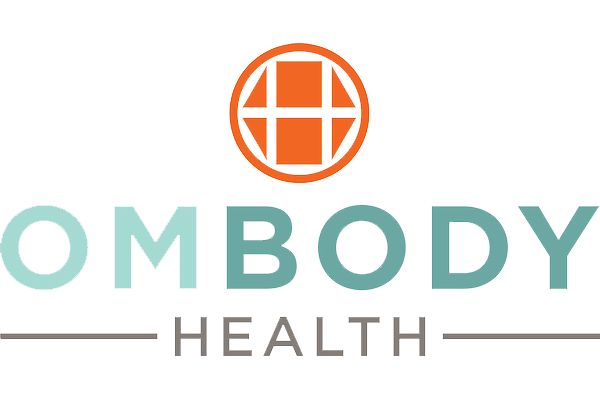1. Highlight What They Are Already Doing to Stay Healthy
Asking employees to share what they do to prioritize their wellbeing is a great way to remind them of their wellness strengths and gather creative ideas that can be shared with other employees. If their colleagues are doing it, it is more likely to be accessible to them, rather than advice coming from someone who works in a different profession or has a different daily schedule. Health education is important, but sometimes just reading a brief sentence about how a colleague prioritizes their health each day is enough to open our minds, get us to try something new, or even establish a new daily practice.
Start a forum on your company-wide intranet or message board. Or post a bulletin board in a common area where employees can write and post their answers. Recommended reflections include: What is one thing that you do most days to put your health first? Or what does wellness mean to you and how do you prioritize your wellness in your daily life
2. Establish a Wellness Ambassador Program
Wellness Ambassadors are a critical link between the core wellness committee and the rest of the organization. Their primary responsibility is to engage in the wellness program and communicate the details and benefits of participating with their colleagues. It’s likely that you have a number of people onsite who are either passionate about health and wellness or would like to get healthier/feel better. These are the perfect people to serve as Wellness Ambassadors!
This important group should be encouraged to model healthy behaviors, such as: taking water breaks, getting up from desk at lunch and throughout the day, regularly participating in stretch breaks, attending onsite wellness events and generally modeling what it looks like to take care of themselves at work. This group can also help identify barriers to participation in events, such as timing, lack of interest, lack of comfortability, etc. They can also share ideas and co-workers’ ideas for future programming and wellness topics, share in the responsibility of developing wellness promotion content, and even present on wellness topics they are passionate about during company-sponsored lunch-and-learns.
3. Raffle off Gift Cards, Cooking Supplies, Company Shwag, Massages, Books, etc.
Each time you have a wellness event, such as a lunch-and-learn, yoga class, or health fair, raffle off something that your employees really want at the end of the event. Better yet, if it’s a lunch-and-learn, take the last 5-10 minutes for some trivia – ask trivia questions about the most important take-aways. This adds a fun element right before they get back to work, and if you’re consistent about doing this every time, they will be more likely to participate (and pay attention) in the next event. Make sure you highlight that there will be trivia and prize(s) in your promotional materials! If you are bringing in an outside speaker, ask them to come prepared with a few trivia questions.
Do you know what types of prizes excite your employees? Ask them in a short Wellness Incentive Survey. Not sure where to start? Contact us!
4. Make it Visible!
Whether you’re a small, mid-size or large organization, there are undoubtedly things that get lost in translation, especially when you’re communicating something that is not part of an employee’s core job, such as the wellness program. The next time you have a wellness activity, try giving anyone who participates a free pass to dress down at work for one or multiple days. Or if you’re running a health fair, wellness week, or activity challenge, you could even let everyone who participates wear jeans for a full week.
This encourages people to get involved, and also sparks the interest of employee’s who may have skimmed over the communication; they are sure to question their colleagues about why they’re wearing jeans. If your company is already pretty casual, try issuing stickers or pins to participants – think about how powerful the “I voted today” stickers are on election day – or coming up with a theme day. Make it fun and people are sure to get involved!
5. Ensure Communication is Consistent and Valuable
Consistent and clear messaging around wellness is an effective and low-cost way to keep your company’s wellness initiative fresh and front of mind. Communication should tap into intrinsic values; what people care about most. How will staying healthier impact their enjoyment of life? How does slowing down and practicing stress reduction help them to power up with more focus and efficiency later on? How can developing a skill like mindfulness impact their relationships and leadership potential?
Download our Free Wellness Tip Guide! This guide includes 20 themed workplace wellness tips that you can use to engage your team and our top tips for optimizing the impact of your wellness campaigns.
Download Free Workplace Wellness Tips!
About the Author
 Allison Andrews, M.Ed, Certified Corporate Wellness Specialist, Certified Health Coach, Certified Yoga Teacher
Allison Andrews, M.Ed, Certified Corporate Wellness Specialist, Certified Health Coach, Certified Yoga Teacher
Allie is the Founder and Program Director at OmBody Health. In addition to coaching thought-leaders, executives and professionals to maximize their impact and quality of life, she and her team empower organizations to develop work cultures that foster employee health, happiness and engagement.

